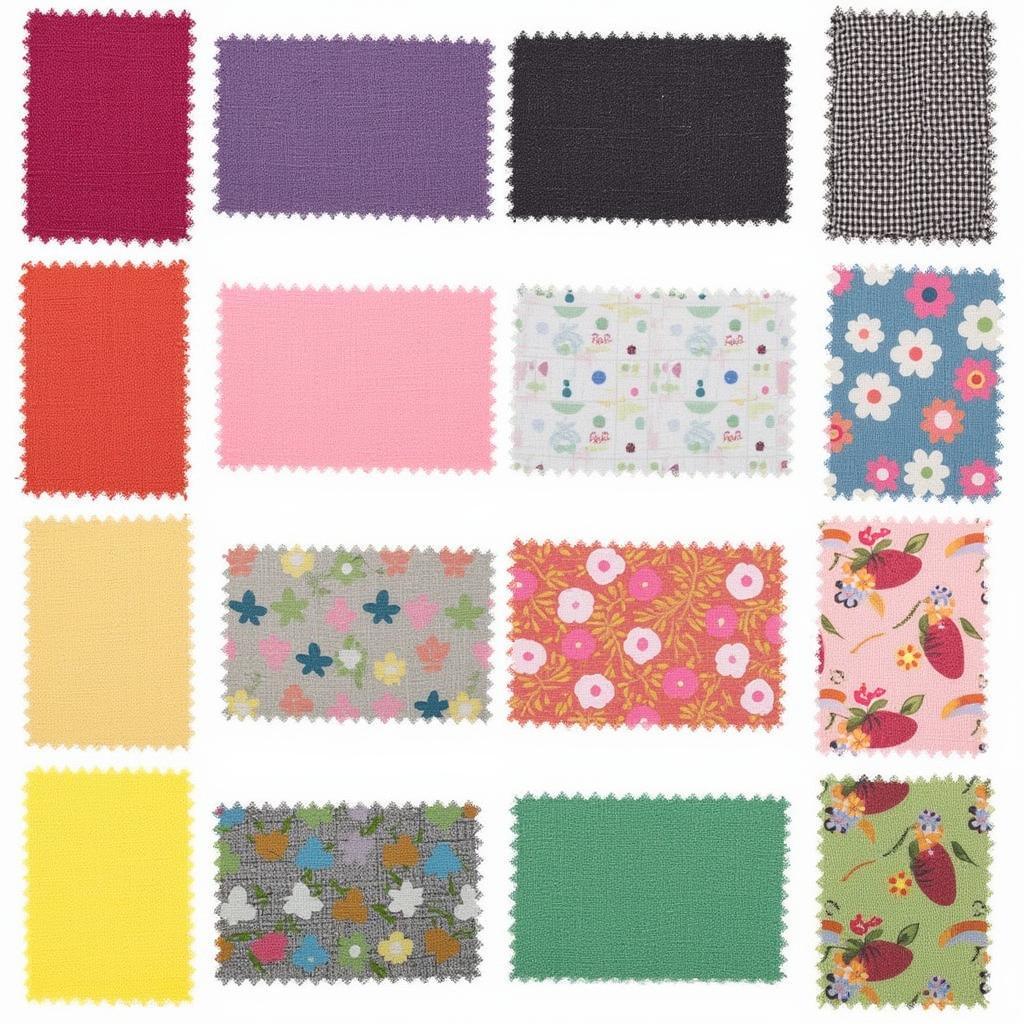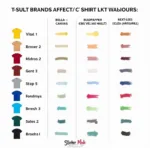Burlap, a coarse woven fabric made from jute or other plant fibers, is often associated with rustic charm and natural aesthetics. But what color is burlap, exactly? It’s not as simple as a single shade. This article delves into the nuances of burlap’s color palette, exploring its variations and how it can be incorporated into your home décor and design projects. We’ll discuss everything from natural burlap hues to dyed options, providing inspiration and guidance for your creative endeavors.
Many associate burlap with a light brown or beige color. However, the natural color of burlap can vary depending on the specific plant fibers used, the processing methods, and even the origin of the materials. You’ll find shades ranging from a warm, sandy beige to a cooler, grayish tan. This natural variation adds to burlap’s unique character and makes it a versatile material for various design styles. You could find yourself incorporating burlap into a rustic-chic wedding or using it to add a touch of natural texture to your living room. Looking for inspiration? Check out how to make a burlap wreath with two colors.
Understanding the Natural Hues of Burlap
The most common color of undyed burlap is a light, neutral tan, often described as a light brownish beige. This neutral tone provides a perfect backdrop for other colors and textures, allowing it to blend seamlessly into various design schemes. This earthy hue brings a sense of warmth and organic texture to any space. It’s this natural color that makes burlap such a popular choice for crafts, home décor, and even fashion accessories.
Factors Influencing Burlap’s Natural Color
Several factors influence the specific shade of natural burlap. The type of jute or other plant fibers used plays a significant role, with different varieties yielding slightly different colors. The processing and manufacturing methods also impact the final hue. For instance, burlap that has been heavily processed might appear lighter than its less processed counterpart. Finally, environmental factors like sun exposure can subtly alter the color of burlap over time, adding another layer of complexity to its natural palette.
 Natural Burlap Color Variations
Natural Burlap Color Variations
Exploring Dyed Burlap Options
While natural burlap boasts its own unique beauty, dyed burlap opens up a world of possibilities for design and creativity. You can find burlap dyed in a wide array of colors, from vibrant hues like red and blue to softer pastels like lavender and mint green. This allows you to incorporate burlap into projects that require specific color schemes while still retaining its signature texture and rustic charm. You can even find burlap with patterned prints, offering even more design versatility. Want to explore two-toned wreaths? Learn how to make a mesh wreath with two colors.
Choosing the Right Burlap Color for Your Project
When selecting a burlap color, consider the overall aesthetic you’re aiming for. Natural burlap lends itself well to rustic, farmhouse, and bohemian styles. Dyed burlap can complement a broader range of design aesthetics, from modern and minimalist to vibrant and eclectic. Think about the other colors and materials you’ll be using in your project and choose a burlap color that complements them harmoniously. If you’re planning a wedding, you might be interested in what colors go with sage green for a wedding.
 Dyed Burlap Color Palette
Dyed Burlap Color Palette
Burlap and Interior Design: A Touch of Rustic Elegance
Burlap has become increasingly popular in interior design, adding a touch of rustic elegance to various spaces. From wall coverings and upholstery to decorative accents and DIY projects, burlap can enhance the visual appeal of any room. Its natural texture adds warmth and depth, while its neutral or dyed colors create a sense of balance and harmony. Perhaps you’re considering creating a two-toned burlap wreath? Check out how to make a burlap wreath with two colors.
“Burlap’s versatility is truly remarkable,” says renowned interior designer, Amelia Hayes. “Its natural texture adds a unique dimension to any space, while its adaptable color palette allows it to blend seamlessly into diverse design styles.”
Conclusion: Embracing the Versatility of Burlap
So, what color is burlap? It’s a spectrum of natural earthy tones and a rainbow of dyed possibilities. From its humble origins as a utilitarian fabric, burlap has evolved into a versatile design element, adding texture, warmth, and character to countless projects. Whether you choose the natural beauty of undyed burlap or the vibrant hues of dyed options, burlap’s unique charm will undoubtedly enhance your creative endeavors. Remember to consider the specific needs of your project and let your imagination run wild with the possibilities of this versatile material.
FAQ
- What is the most common color of burlap?
- The most common color is a light brownish beige.
- Can burlap be dyed different colors?
- Yes, burlap is available in a wide range of dyed colors.
- Is burlap suitable for outdoor use?
- While burlap can be used outdoors, it’s not weather-resistant and may deteriorate over time.
- What are some common uses of burlap?
- Burlap is used for crafts, home décor, packaging, and even fashion accessories.
- How do I clean burlap?
- Burlap can be spot cleaned or hand washed with mild detergent.
Common Burlap Questions:
- How to soften burlap? Soaking burlap in warm water with fabric softener can help soften its texture.
- How to prevent burlap from fraying? Using pinking shears or applying a fabric sealant can help prevent fraying.
Further Reading:
For more information on gardening and other related topics, explore our article: do lilacs grow in colorado?
Need Help?
For assistance with your color choices and design projects, contact us:
Phone: 0373298888
Email: [email protected]
Address: 86 Cầu Giấy, Hà Nội.
Our customer service team is available 24/7.

